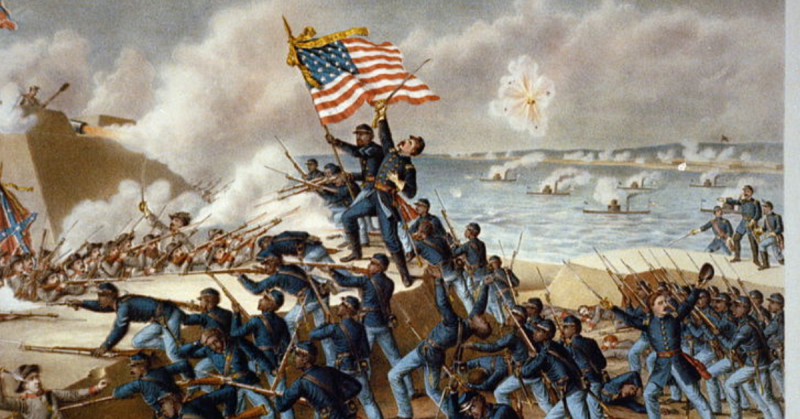When an elderly parent or relative passes away, there is often the task of sifting through all the things that make up a life, and sometimes there will be special heirlooms that have been handed down from generation to generation only to be packed away and forgotten. Sometimes, it is worth taking a second look, wiping away the dust to see the value of what really lies beneath.
In 2017, a surprise was in store for siblings Mary Mintern Wood and Robert Shaw, descendants of American Civil War hero Colonel Robert Gould Shaw, when they were clearing out their parents’ attic.
You would be forgiven for not knowing the name of Colonel Robert Gould Shaw.
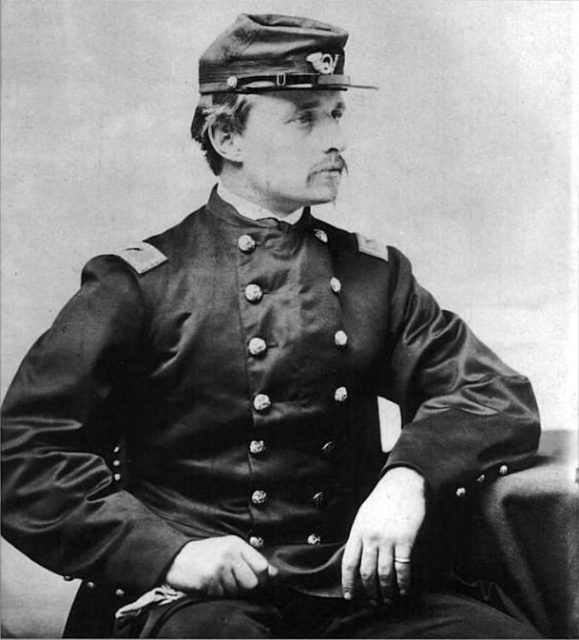
He was the commander of the newly minted 54th Massachusetts Volunteer Infantry Regiment, which was the first all African-American Union Army Regiment. He died at the age of just twenty-five in a doomed attack on the heavily defended Confederate Fort Wagner in Charleston, South Carolina on 18 July 1863.
He was shot through the chest while mounting the parapet and, as legend has it, while he was shouting “Forward, Fifty-fourth, forward!” Reports differ, some saying he received three shots to the chest while others say as many as seven wounds, before he fell.
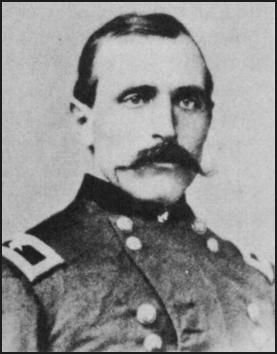
The sword with which he led the charge, later described as a beacon, vanished after the battle, captured by Confederate soldiers. It was recovered from the house of a former Confederate officer after the end of the war in 1865 and returned to the Shaw family by General Charles Jackson Paine.
Its fame persisted following its depiction in a lithograph published by Kurz and Allison in 1890. It had been passed down the generations only to disappear again, presumed lost.
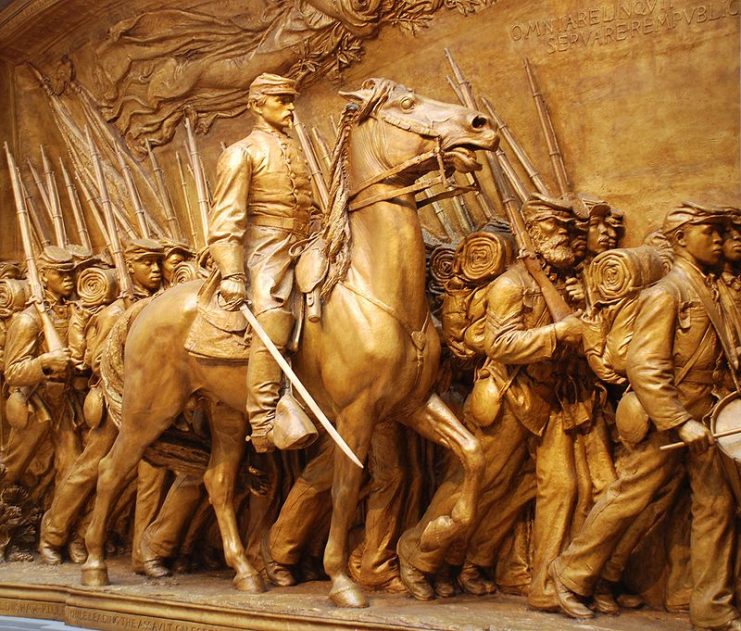
In 2013, the Shaw family donated a sword to the Massachusetts Historical Society, which was thought to be the iconic weapon brandished by Colonel Shaw. Unfortunately, it turned out to be a case of mistaken identity, as it was simply a regulation foot officer’s sword made in 1860 by the Ames Manufacturing Company. It was a very good, American made sword, but there was nothing very remarkable about it.
Jump to 2017, when Mary and her brother Robert laid out the five swords they had discovered in their parents’ attic, and cleaned them up to get them ready for sale. In some U.S. military families, dress swords might not be an unusual discovery, but one sword stood out. It appeared older than the others and did not have a scabbard. With the help of a magnifying glass, Mary was able to make out the rust covered initials, “RGS”.

She took it to the Massachusetts Historical Society, and the find was greeted with enthusiasm by Anne Bentley, curator of art and artifacts. This sword was also a regulation infantry sword, but had been made in England by the Henry Wilkinson company of Pall Mall, London.
It had been a gift from Shaw’s uncle, George R. Russell, and was inscribed with the crest of the fledgling USA and the words “E Pluribus Unum,” the de facto motto for the United States until 1956.
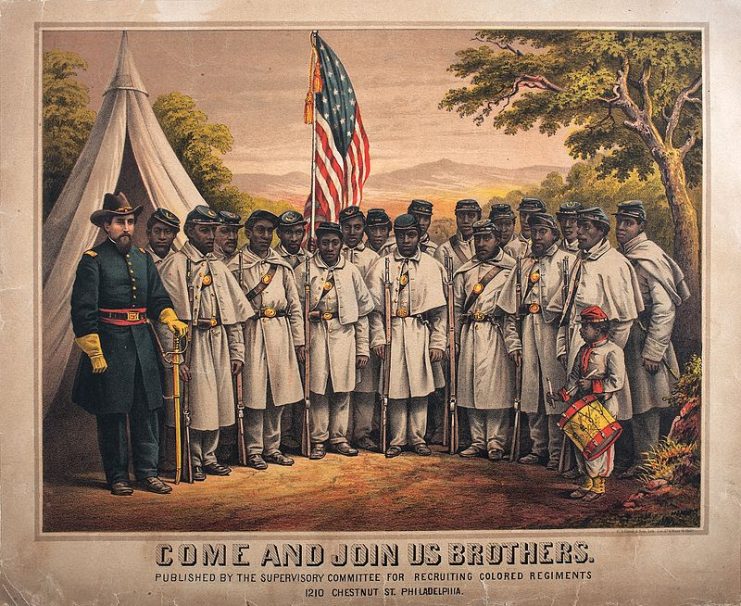
Before Mary got within five feet of her, Bentley reportedly said, “This is the sword, it has an aura, you just know.” She later declared that “after forty-four years…this is the most significant item to cross my desk.”
The president of the Society, Dennis Fiori, went even further, describing the sword as “the Holy Grail of Civil War swords.”
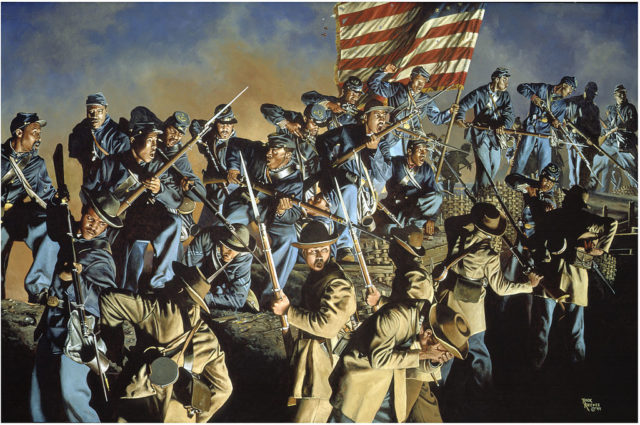
Read another story from us: Confederate Secret Weapon – Mapmaker Jedediah Hotchkiss
Remember, if you one day have to go through your great uncle’s box of memorabilia, to make sure you take a good close look at anything that seems slightly unusual. The old family stories you heard as a child might have a basis in fact. You might not find the Holy Grail, or a near legendary nineteenth-century weapon of war, but you never know.
